In order to clarify the general thinking, development goals and key tasks of scientific and technological innovation in the field of urbanization and urban development during the 14th Five-Year Plan period, according to the 14th Five-Year Plan for National Economic and Social Development of the People's Republic of China and the Outline of Long-range Goals for 2035, The Ministry of Science and Technology and the Ministry of Housing and Urban-Rural Development issued the 14th Five-Year Plan for Scientific and Technological Innovation in Urbanization and Urban Development.
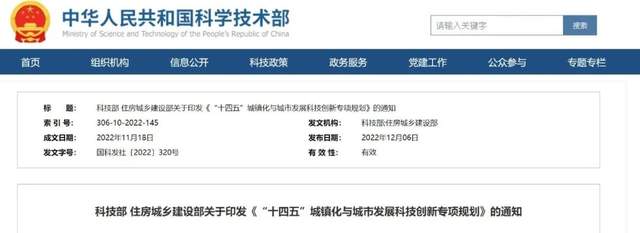
On December 26, the National Energy Administration issued a notice on printing and distributing the Administrative Measures for the Development and Construction of Photovoltaic Power Stations. According to the document, the measures are applicable to the industry management, annual development and construction plans, project construction management, power grid access management and operation monitoring of centralized photovoltaic power stations. The administration of distributed photovoltaic power generation shall be separately stipulated.
Energy authorities at all levels shall optimize the business environment, standardize the order of development and construction, and shall not impose mandatory supporting industries or investment or illegally collect project deposits as the threshold for project development and construction.
Except for the exemption circumstances stipulated by the National Energy Administration, the photovoltaic power station project shall obtain the power business license within 6 months after grid connection, and the dispatched office of the National Energy Administration shall disclose the information of the administrative license according to regulations. Power grid enterprises shall not allow photovoltaic power station projects that have not obtained power business licenses within 6 months after grid connection to generate electricity online.
These Measures shall come into force as of the date of promulgation and be valid for 5 years.
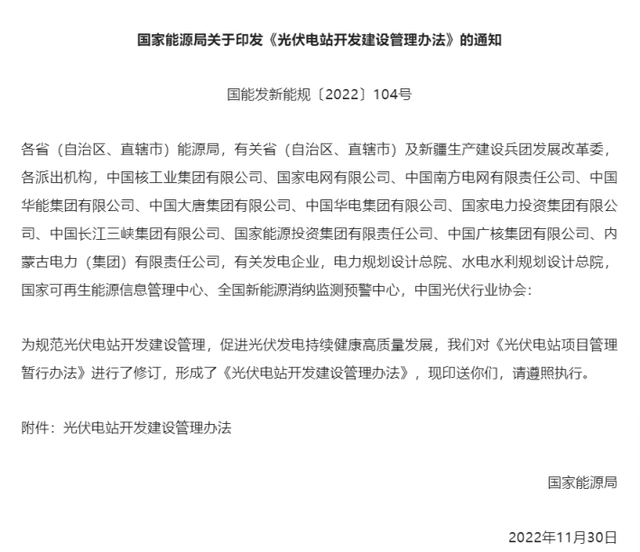
On Dec. 9, the National Development and Reform Commission issued a circular titled "Further Study and Implement the Party's 20 Great Spirits and Comprehensively Promote the Great Rejuvenation of the Chinese Nation through Chinese-style modernization." 'We will actively yet prudently promote peaking carbon neutrality and continue to improve the "1+N" policy system for peaking carbon neutrality,' the circular said. We will improve regulation of total energy consumption and intensity, and gradually shift to a system of "double control" of total carbon emission and intensity.
We will accelerate the planning and construction of new energy systems, and focus on the construction of large-scale wind power photovoltaic base projects in desert, Gobi and desert areas. We will speed up the green transformation of our development model, accelerate the adjustment and optimization of the energy mix, improve the system of green technology innovation, and promote the formation of green and low-carbon modes of production and life.
We will strengthen the country's strategic strength in science and technology, and foster new growth engines such as next-generation information technology, artificial intelligence, biotechnology, new energy, new materials, high-end equipment, and green and environmental protection.
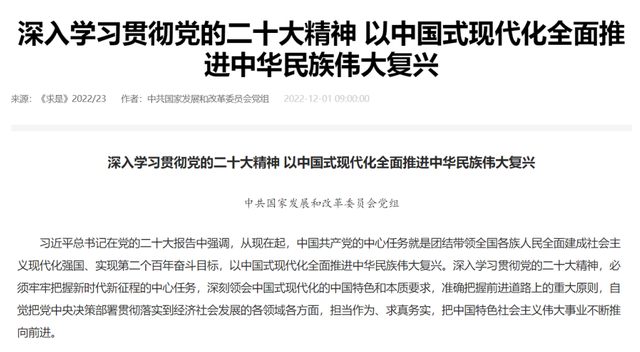
In order to promote the high-quality development of green and low-carbon construction work in Shanghai, implement the requirements of the Implementation Plan of Carbon Peak in Urban and Rural Construction in Shanghai and other documents, and further strengthen the energy conservation renovation of public buildings, the Municipal Administration Commission of Housing and Urban and Rural Construction issued the Implementation Opinions on Large-scale Promotion of Energy Conservation Renovation of Existing Public Buildings in Shanghai.
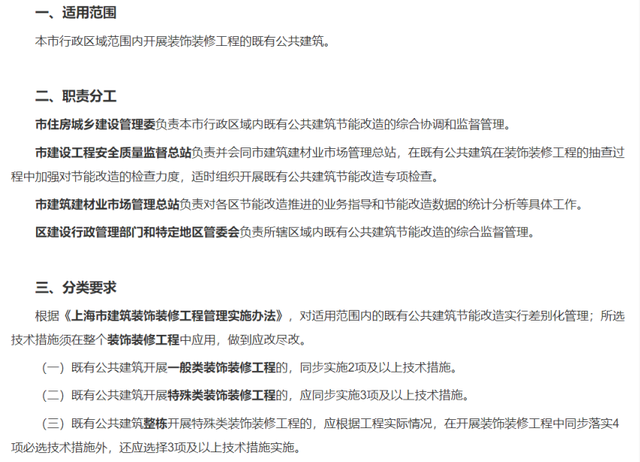
On Dec 12, four ministries, including the Ministry of Industry and Information Technology, the National Development and Reform Commission, the Ministry of Housing and Urban-Rural Development and the Ministry of Water Resources, jointly issued a guideline on further promoting green industrial development in the Yellow River Basin. The guideline states that regions rich in wind and solar energy, such as Qinghai and Ningxia, will be supported in developing rooftop photovoltaic, smart photovoltaic, decentralized wind power, multiple energy storage and efficient heat pumps, and that green industrial microgrids will be built in Henan and other provinces and regions to promote the efficient and complementary use of multiple energy sources, so as to provide high-quality clean energy for industrial enterprises in the Yellow River Basin.
The Opinions stressed that Shanxi, Sichuan and Shaanxi provinces and regions should actively implement the extended producer responsibility system, strengthen the traceability management of power batteries for new-energy vehicles, and actively promote the construction of waste power battery recycling projects. The comprehensive utilization of decommissioned photovoltaic and wind power plants and other emerging solid wastes will be implemented ahead of schedule.
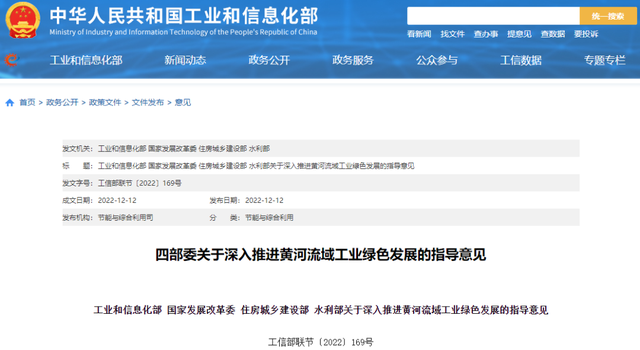
"Building Waterproofing Industry Science and Technology Award -- Engineering Technology Award (Jin Yu Award)" is a science and technology award for the whole country's building Waterproofing industry, which is applied for and established by China Building Waterproofing Association to the State Science and Technology Award Office of the Ministry of Science and Technology (record No. 0278) and assessed once a year.
After voluntary application and defense of enterprises and expert panel review, 11 gold award projects and 15 silver award projects were selected (see annex for details). Now will this selection of the "building waterproof industry Science and Technology Award - Engineering Technology Award (Jin Yu Award - Metal Enclosure system engineering)" gold award project public.
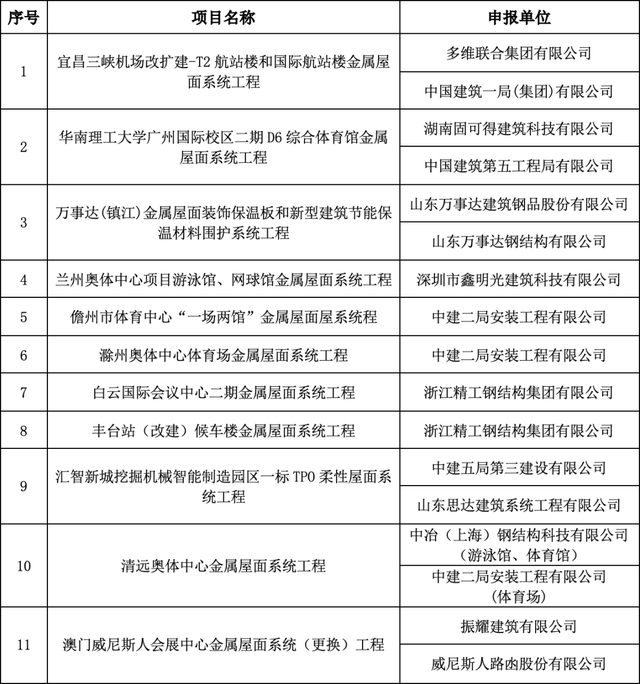
The People's Government of Qinghai Province recently released the Implementation Plan for Qinghai's carbon Peak on its website.
According to the document, by 2025, green buildings will account for 100 percent of new urban buildings, new residential buildings in urban areas will adopt energy-saving design standards of at least 75 percent, new public buildings will adopt energy-saving design standards of 72 percent, new construction of prefabricated buildings in urban areas will start at least 15 percent, and new urban residential buildings will be fully renovated at least 30 percent. The coverage rate of urban community property has reached more than 90 percent. By 2030, the whole building process will be green and low-carbon.

